The artifacts dating back to the 16th century are so tiny that you need to use a microscope to study them. Can you believe such things could be created in those days? See the photos: amazing 16th century artifacts.
There are 135 known to be in existence miniature boxwood carvings which have been bewildering art experts from around the world. At present these artifacts belong to different private collections and museums, but have a common origin.
According to estimates by art specialists, these wooden carvings were made within a very short period of time, between 1500 and 1530. The country of origin is presumably Flanders or the Netherlands.
The demand for high-quality religious pocket-sized carvings arose with the emergence of merchants as a social class, who were ready to pay for that work. Not long after the Reformation started, however, many of church items, including the boxwood pocket miniatures, went out of fashion.
Researchers used micro-CT scanning and advanced 3D analysis software to examine the carvings, and found out that these were the really sophisticated miniature altars. The inner layers are pieced together with the joints hidden so accurately that only a microscope or an X-ray can detect them. Some fragments of the miniatures are attached to each other by tiny connecting pieces. However, much of the process of making the carvings still remains a mystery.
The name of a medieval craftsman who was able to hand carve these masterpieces remains under wraps, too. For more unusual artifacts, see here. There you can also find the jeweled dead in the really creepy photos.
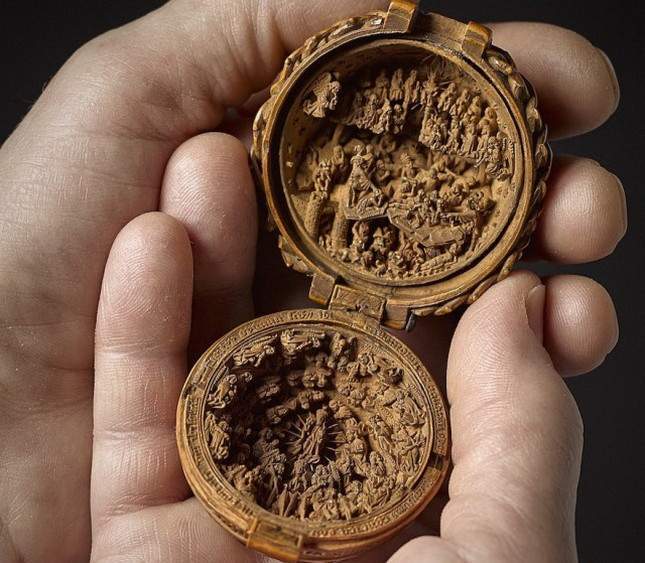
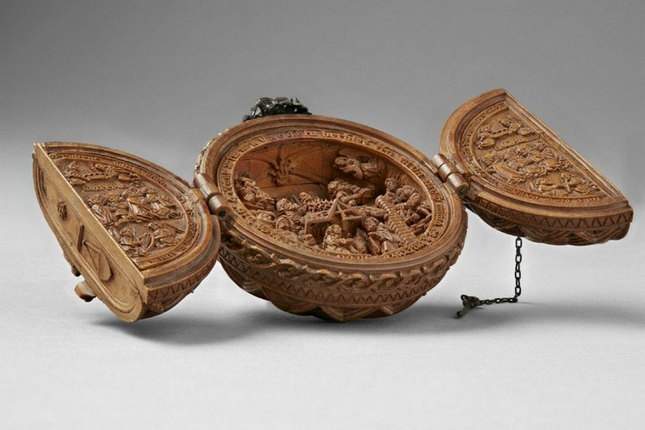
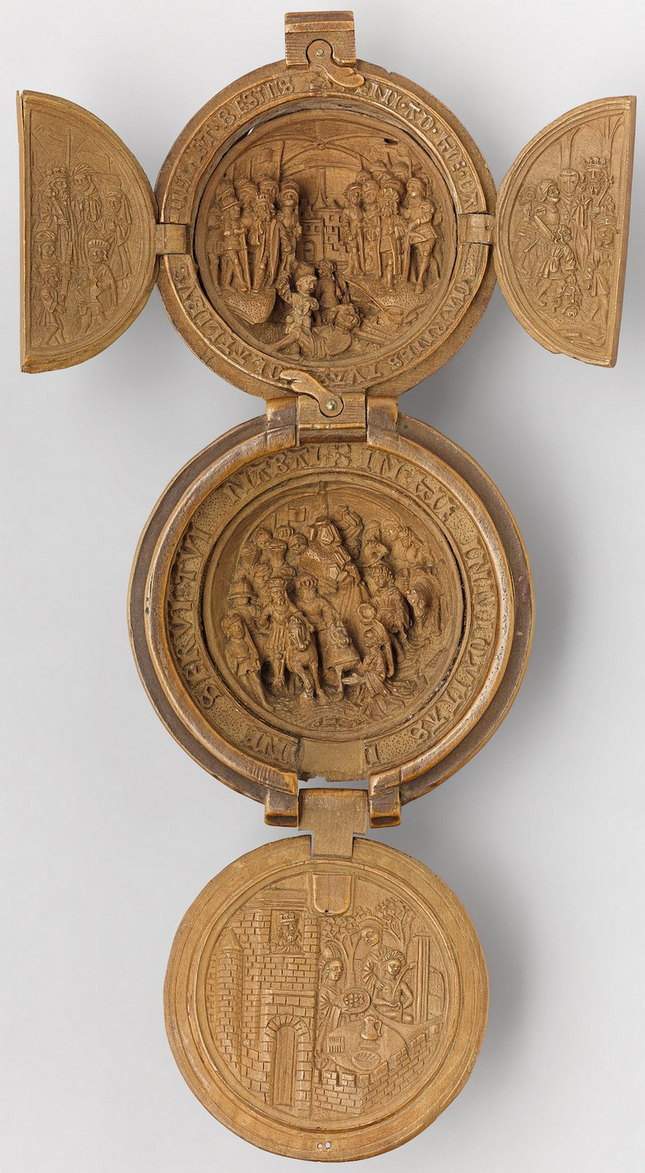
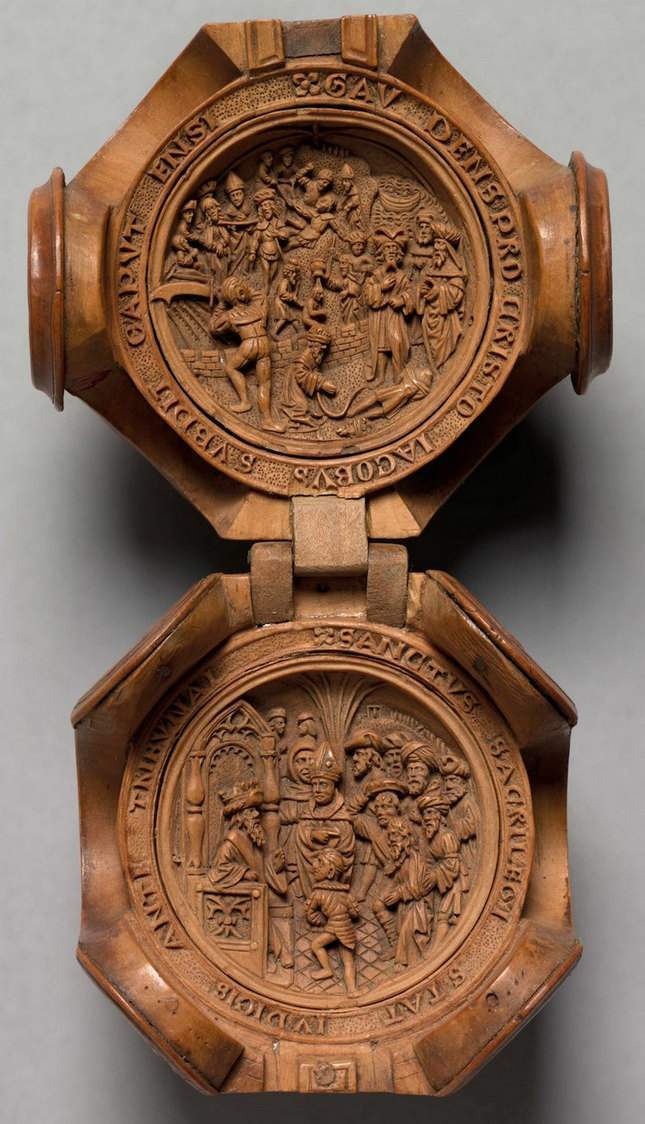
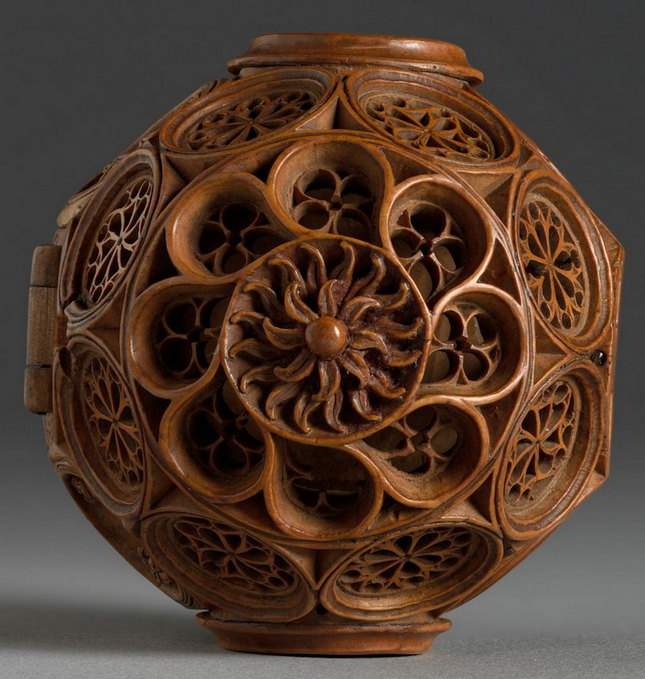
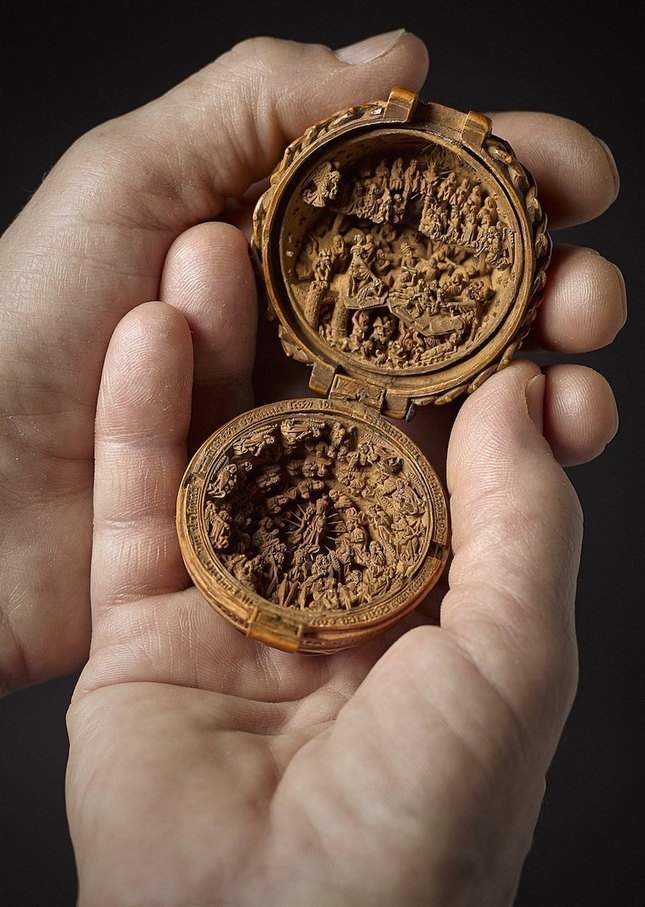
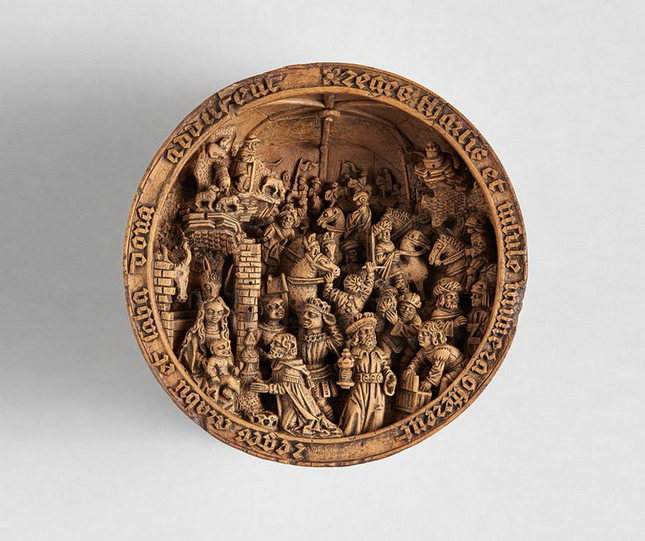
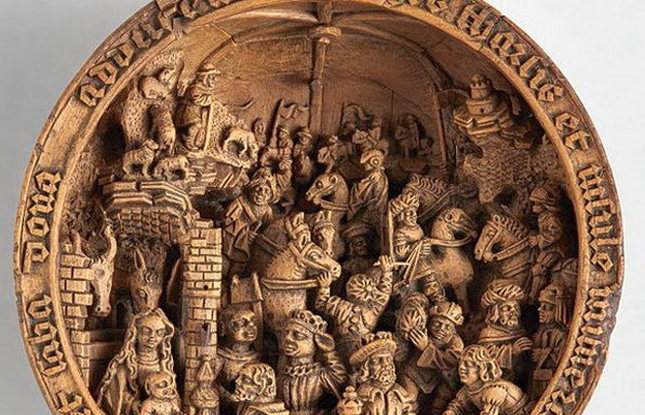
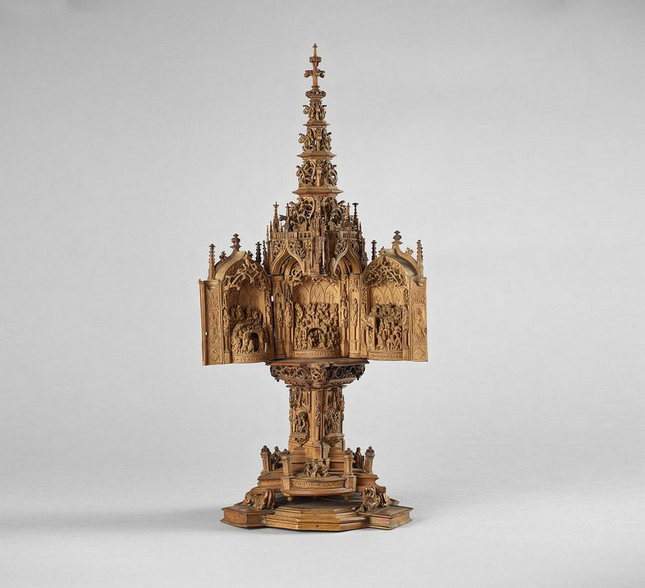


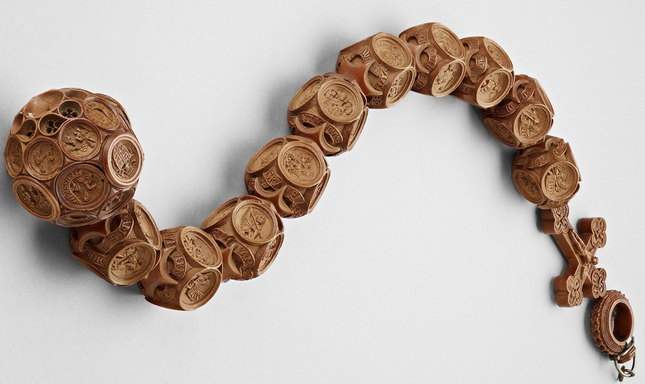

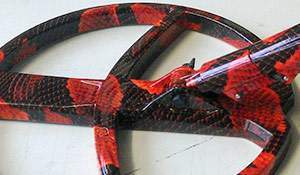
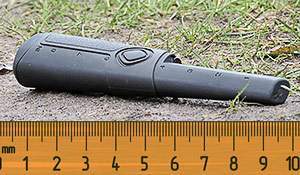
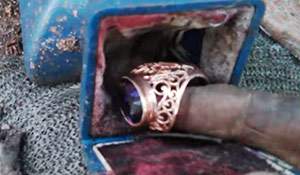








I found a gold relic made for charles v in the 16th century and it’s a micro artifact about cortes and montezuma.
I found a micro artifact made for charles v of the 16th century. It’s show the victory cortez over Montezuma between 1519-1521. It was made by wenzel jamnitzer .need help